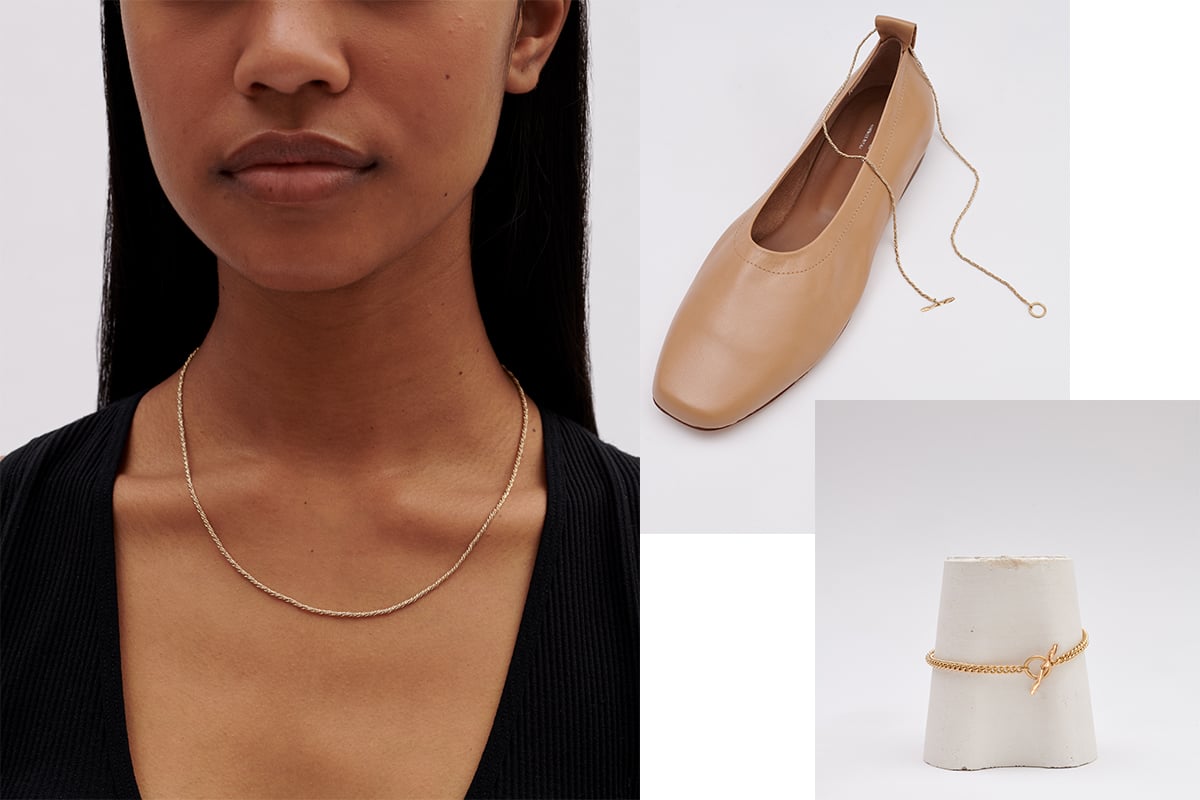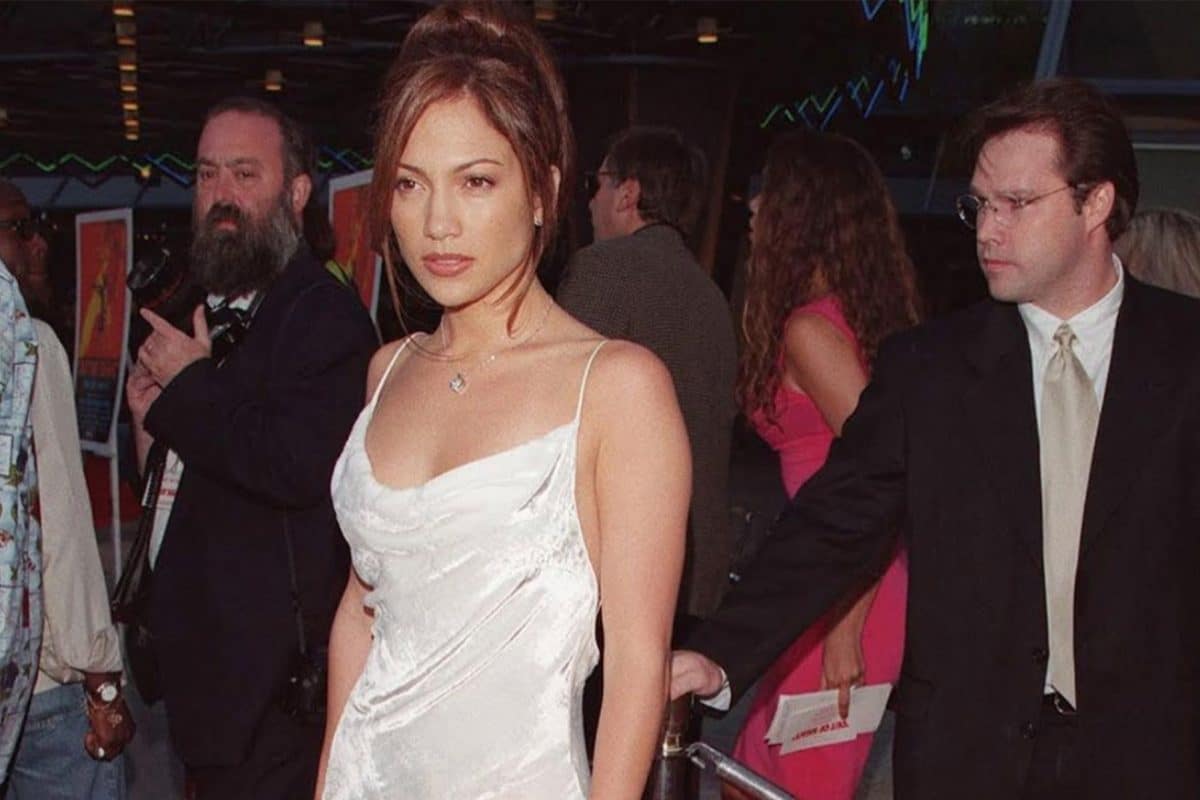
If there’s one thing we know about creating change, it’s that it can’t be done alone. This sentiment rings particularly true in the fight for sustainability, where collaboration and innovation are instrumental to the cause. This is something that Australian brands ESSĒN THE LABEL and Linden Cook understand deeply. It’s also an approach that formed the basis of the duo’s first partnership.
In celebration of their commitment to conscious creation and a minimal waste approach; founders Marre Muijs of ESSĒN THE LABEL and Georgie Amad of Linden Cook have brought together two of their existing creations for a limited-edition capsule collection.
Both operating off made-to-order models, the pair formed a connection through their shared aspirations and frustrations for the future of the fashion industry. Here, we speak to Muijs and Amad about navigating a non-traditional manufacturing model, how collaboration can facilitate change and what makes their businesses sustainable.
Both your businesses operate on a made-to-order model. Was this a non-negotiable from the beginning?
Georgie: We've always been made-to-order but it wasn't so much a conscious decision to make it known or make it something we promoted. In the beginning, it was just my mum and I running the business, so we were just operating as slowly and as best as we could in order to keep on top of the quality and the service. But now, nine years on, it's obviously very intrinsic to our business model and something that isn't only sustainable, but works really well for us too.
Marre: Similarly, made-to-order wasn't a natural option at the beginning with the way the industry is, but the brand was definitely launched with a focus on slow fashion, considered consumption and producing in a way that is the least harmful for the planet. Small-batch production was a non-negotiable from the beginning though; which proved very difficult to get manufacturers on board. But now, after a few years in the industry and through meeting new people and manufacturers, I've begun to transition some of my manufacturing across to workshops that are designed to produce on demand. I'm not entirely there yet with all my styles, but I have definitely seen a huge improvement in the manufacturing possibilities available and the willingness of workshops to change their ways.
Was the capsule something you had been working on for sometime or did it evolve organically?
M: It actually happened really organically. I had been away from Australia living in the UK for four years and moved back right before the lockdown last year. I was speaking to a really close friend who is also in the industry and was sharing how I really wanted to meet like-minded creatives and brands and she said, "You have to meet my friend Georgie." And so we had dinner and within five minutes we were talking about how businesses and what we were passionate about and also our frustrations with the industry. Quite quickly, we realised we had both adopted made-to-order production processes as a central part of our business model. Georgie was wearing her beautiful jewellery and I had my flats on and from there, it started a conversation about what we could do together. We may not have come up with our collaboration idea over that exact dinner, but it happened very quickly from there.
G: We decided very early on in the conversation that we were going to be made-to-order, and we also agreed on merging two of our existing products – the foundation flat and the gold chain. Because of this, we didn't have to have those stifling conversations about stock or logistics or how we were going to execute the collaboration. It's been such a freeing creative process and has allowed us to really focus on the sustainability aspect and how we can improve our processes together.
Sustainability and a minimal-waste approach is something you both champion in your business model. How does this collection continue to support that ethos?
G: Both Marre and I have different approaches, because we obviously work with different products. All of our jewellery is handmade by our team here in Melbourne, so we were already working with a low-waste model that doesn't allow for excess stock. For this collection, we're also only working with two chain designs – a thiner chain and a chunkier chain – so, we've tried to remain really concise and curated. The choice we've made with these chain designs is to keep them very versatile; so with the longer length, you can remove it from the back of the shoe and wear it as a necklace or a bracelet. Then, with the statement chain, you can wear it over a chunky leather boot as an anklet or as a bracelet as well. We also have an option for customers to be able to customise the length of their chain anklet, so it fits them perfectly.
M: As Georgie mentioned, our approaches are very different. There's up to 50 components that go into a shoe, so once I brief my workshop in Italy, I then go about sourcing the right materials from my suppliers. I work specifically with the Leather Working Group which allows me to have a lot more traceability down the supply chain. Where possible, I always work with recycled rubbers or recycled plastics but not everything is fully sustainable yet within the footwear industry. It's still a really complex area to navigate, but I only work with suppliers now who are willing to have a conversation and make a change. I work with recycled cardboard for my packaging and where I do use ink, it's soy based inks. Sustainability has so many layers and I think it's important to look beyond the actual product. The factories that I work with, they operate on solar power and they treat their artisans really well. It's a holistic approach for me. But by producing on demand, I can eliminate 90% of the waste that would otherwise occur if I used a traditional model.
Marre, how do you know when a style is going to be successful?
M: I've always wanted to use my business as a way of responding to wardrobe needs. When I first started, I released three classic styles; a pump, a loafer and an oxford. I'm also always inspired by my friends but also a need for comfort. I use memory foam padding in all of my shoes and always try to design in a way that feels approachable for those on their feet all day, but doesn't compromise on style. But ultimately, making a style successful is all about persistence. Sometimes it takes me two or three years to get something into production and throughout that process I keep refining and tweaking. If I'm confident in a design, then it's going into the collection no matter what.
Georgie, how do you go about sourcing recycled materials for your pieces?
G: I think in Australia, in particular, a lot of jewellers are initiating the change to become more sustainable, rather than the suppliers are. There are some out there who are championing sustainability, and they're the ones we choose to work with. Not only do we recycle our own materials within the workshop – chain cuttings, pieces of shaped metals that we can reshape – but we've also implemented a buy-back method with our suppliers for our metals, so nothing ever goes to waste.
We're also now in the process of creating a collection of pieces that are entirely recyclable from start to finish. We're using melted-down ingots and necklaces to create these beautiful one-of-a-kind pieces which we're really excited about.
How do you think collaboration can benefit sustainability?
M: There's so much to learn, and often sustainability can feel like such an overwhelming topic to tackle alone. So, when you collaborate with other industries or businesses, it's a really nice way to learn more and get inspired and maybe get out of your box of thinking in your day to day operations. Originally, I struggled to feel confident in making myself a part of the sustainability process because I would say to myself, "Yes, you're making changes and these changes are inherent to your brand, but are they ever enough?" It was this fear of never being as conscious as someone else in the industry. But now, I recognise how important it is to be part of the conversation and speak to others because it's the sharing of ideas that can inspire change.
G: I also believe it's very important to be transparent with you're at on your journey when you're speaking to your customers and when you're working with other brands. For a small business, I'm doing everything I can at every step of the process to be as responsible as I can be. I know, there's still so much work to be done, but I also can't change a traditional industry by myself. So we have to collaborate, to be transparent, and we just have to have the conversation. I don't think there's anyone out there, particularly in the fashion industry, that has all the answers.
M: Traditionally, this industry has been quite competitive and a very 'every man for themselves' approach. But I think if you're truly passionate about being a sustainable business, you can't do it on your own; and you shouldn't want to. From material innovations to changing processes; you have to want to collaborate. I think that's where I was so excited to have that immediate connection with Georgie, on a personal level, but also on a business level and our shared passion for the way that we think about sustainability really cemented the collaboration for me.
What are your hopes for the future of sustainability in fashion?
M: I've got many hopes and dreams. But I think the main one is really just that sustainability becomes the norm. Luckily, it is becoming a lot more part of the mainstream conversation, definitely compared to when I started. But we need it to be so widely adopted that trying to make shoes on demand or in small batches shouldn't be such a challenge. And of course, less exploitive supply chains where the focus isn't on margins or volume.
G: I think it's about limiting this constant desire for newness and instead shifting our attention to investing in classic pieces or normalising the idea of passing down keepsakes from generation to generation. Conversation is such an imperative part to making change; so the more we encourage openness and transparency, and thoughtfulness, the more chance we have.
You can discover the full collaboration between ESSĒN THE LABEL and Linden Cook on the ESSĒN THE LABEL website.



